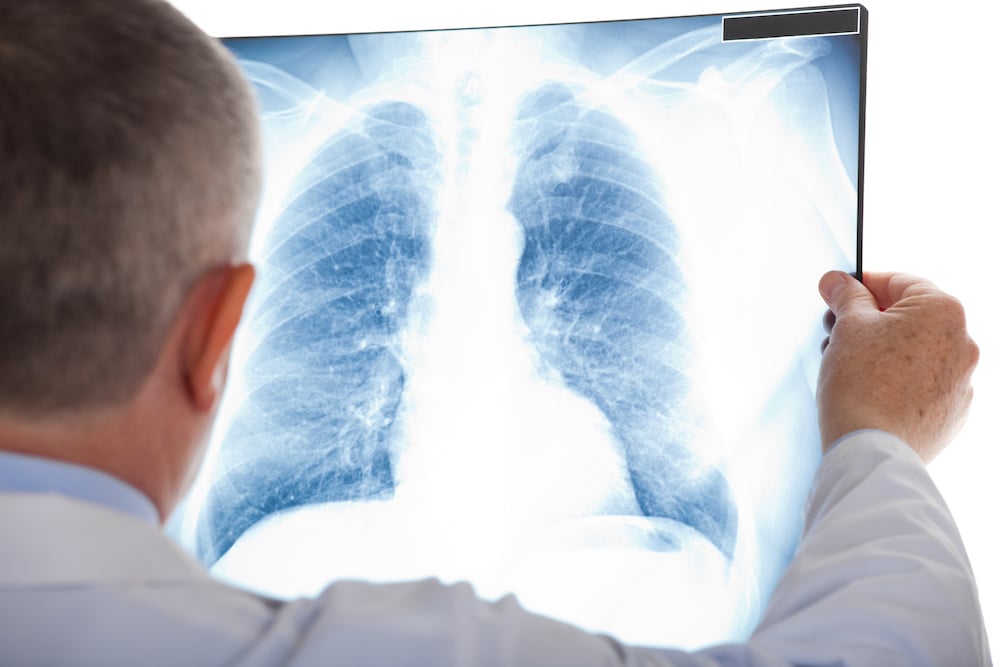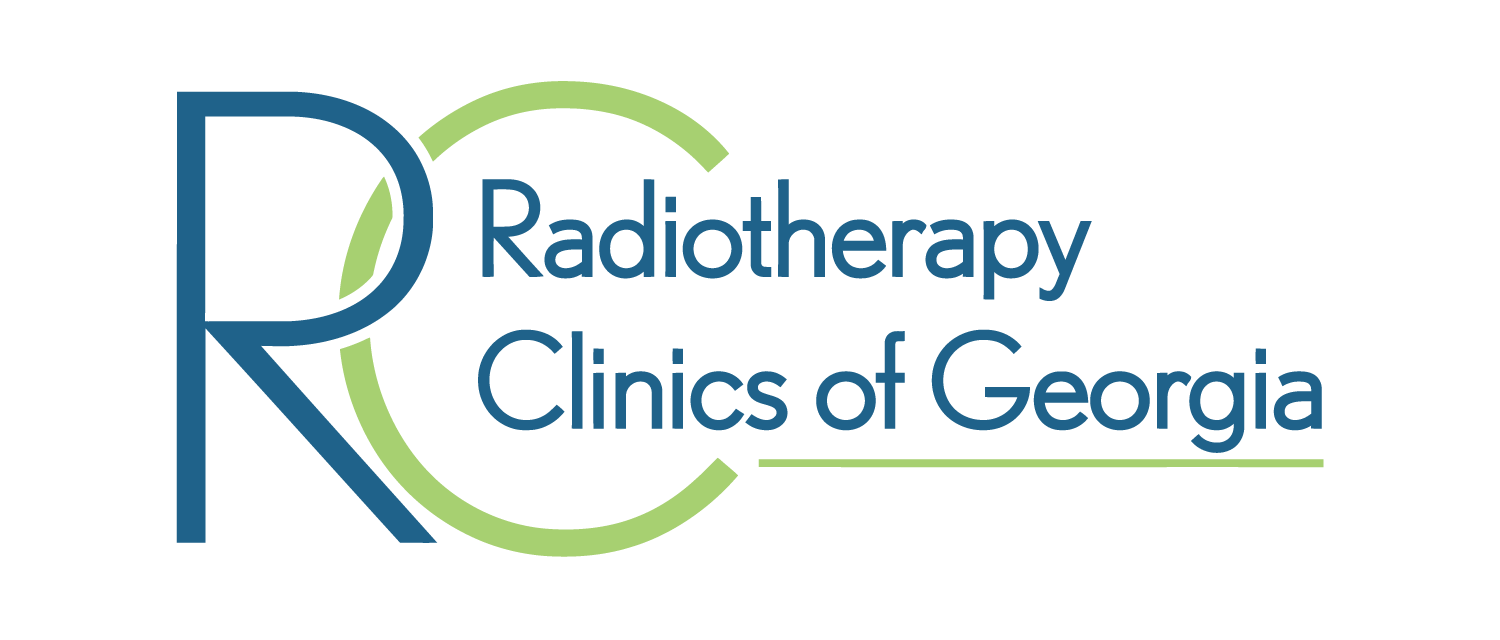
Did you know that exposure to radon gas is the second leading cause of lung cancer? And, it’s the primary cause of lung cancer in non-smokers. In fact, radon is the leading environmental contributor to several types of cancer. There is no safe level of radon in the air you breathe.
Radon gas is often overlooked because it’s odorless, tasteless, colorless, and invisible. If this radioactive gas accumulates in homes or buildings where you spend a lot of time, it can reach dangerous levels for your health. The only way to know if your air is safe from radon gas is to have the air tested.
What Exactly is Radon Gas?
Uranium, thorium, and radium, which normally exist in soil, rocks, and bedrock, slowly break down and seep into the ground, and groundwater. Radon gas is produced from the normal decay of rocks and soil that seeps into the air.
As the radon moves upward, it can enter any structure through the crawl space, floor or wall cracks, construction joints, and air gaps around pipes, wiring or pumps. Radon gas diffuses into the building’s air and attaches to tiny air particles.
How Are We Exposed to Radon Gas?
Radon exists in all air. We breathe it every day, usually without harm because the concentration of radon is low. However, exposure to radon may be higher if you:
- Spend most of your day inside a home or building with poor ventilation, which lets radon accumulate in the air
- Spend the majority of time on the basement or ground floors, which are closer to ground sources of radon
- Live in an area with high levels of radon in the ground and/or water
- Use water from a deep well drilled in rock
- Use building materials made from natural substances – concrete, wallboard, and granite countertops – can release a tiny amount of radon
- Live in a home that is well insulated and tightly sealed, which limits fresh air ventilation
- Work in an underground mine, uranium processing factory, or are around phosphate fertilizers
- Combine smoking with radon gas exposure
How Does Radon Cause Lung Cancer?
Breathing radon-polluted air traps radioactive particles in the lining of your lungs. As radioactivity is continually released from the lungs, it can damage DNA in the body’s cells. The risk of lung cancer is also increased because the lungs take on the initial, higher concentrations of radon.
Combining radon exposure and smoking creates a ten times higher risk for lung cancer compared to non-smokers who breathe air with the same radon level. About 90% of radon-caused lung cancers develop in smokers.
Is Radon a Problem in Georgia?
Every state has areas of high radon concentration. Radon levels are determined by the type of soil, rock, and groundwater. Water can dissolve radon, which is released into the air when that water is used.
In Georgia, about 800 deaths a year are due to radon gas exposure. The northern third of the state has the highest levels of radon compared to the southern part. In terms of elevated radon levels in the water, the northern half of the state tests higher than the southern half. This is due to the granite bedrock in northern Georgia. Haralson County has the highest level, where almost half the homes that were tested had radon levels in the air.
Is Your Home’s Radon Level Dangerous?
Testing is the only way to know if your home has unhealthy radon levels. A high level of radon is 4 picocuries per liter (pCi/L) or higher (picocuries measure radioactivity). The average building or home in the U.S. has a radon level of 1.3 pCi/L; about one in every 15 homes has an elevated level of 4 pCi/L or higher. Repairs should be made to any structure with a level of 4 pCi/L of radon or higher.
It’s the composition of the soil under and immediately around your home that determines how easily radon can enter it. Your next-door neighbor may have a different level of radon, so don’t rely on neighborhood test results. Additionally, rain, snow, and barometric pressure cause radon levels to vary from one day or one month to the next.
Both short- and long-term tests are available. They’re not expensive and fairly simple to do. Short-term radon tests vary from two to 90 days; long-term tests measure radon for more than 90 days. The long-term test is more accurate because it provides an average level over time. You may prefer to hire a professional to test and make repairs or install a radon mitigation system.
Testing should also be done:
- In any building that has never been tested
- When renovating your home, especially if you’re making changes to reduce already high levels of radon
- When remodeling a basement or ground-level room into a bedroom or living space
- Whenever you buy or sell a home
What to Do If Your Home Has a High Level of Radon Gas?
Consider adding an air purifier with an activated carbon filter to your home to effectively remove toxins and gasses like radon.Try to increase air flow too. When possible try to open windows and use fans to circulate fresh air into your house.
The CDC advises that all homes should be tested for radon and appropriate repairs made if the level is high. This can be done by filling cracks in the foundation or walls with plaster. Refill old caulk areas if it starts to fall out.
What Can I Do About Radon Exposure?
If there’s a chance that you’ve been exposed to radon – especially long-term and at high levels – talk with your doctor about getting regular checkups or screening tests for lung cancer. This is especially important if you are a current or previous smoker.
Medical tests to measure radon exposure are not readily available. But, you should be aware of the symptoms of lung cancer, including:
- Persistent cough
- Coughing up blood or rust-colored spit
- Hoarseness
- Shortness of breath
- Problems swallowing
- Chest pain or tightness, especially when breathing deeply, coughing or laughing
- Loss of appetite; weight loss
- Fatigue or weakness
- Frequent respiratory infections
Lung Cancer Treatment Options in the Atlanta Area
If you live in the Atlanta area and have been diagnosed with lung cancer our team can be a part of the treatment process when radiation therapy is used. If you will need radiation therapy, request a consultation at a location near you in the greater Atlanta area.




